Advertisements
Advertisements
Question
Tabulate and analysis of two species population interaction.
Solution
MUTUALISM (+, +): It is the type of interaction where both species benefit from the interaction. Mutualism may be facultative when the species involved are capable of existence independent of one another, or obligate, when the relationship is imperative of the existence of one or both species.
Examples: i. Certain bacteria in the caeca and intestine of herbivores aid in the digestion of cellulose. ii. The cross pollination of flowers by insects and birds seeking nectar and pollen which is of great importance in agriculture.
COMMENSALISM (+, 0): The concept of commensalism has been broadened in recent years, to apply to coactions other than those centering on food such as cover, support, production, and locomotion.
Examples: i. Barnacles attached to Whales travel thousands of miles collecting and filtering food from the moving water.The whales are not affected by the barnacles. ii. Egrets usually are present near cattle. they catch insects which are disturbed by the cattle.
RELATED QUESTIONS
Apart from being a part of the food chain, predators play other important roles. Mention any two such roles supported by examples.
Why do clown fish and sea anemone pair up? What is this relationship called?
Describe the mutual relationship between fig tree and wasp and comment on the phenomenon that operates in their relationship.
What is the ecological principle behind the biological control method of managing with pest insects?
Give one example for Mutualism
Define Absolute Mortality.
Match the following and choose the correct combination from the options given below.
| Column I | Column II |
| Mutualism | Lion and deer |
| Commensalism | Round worm and man |
| Parasitism | Birds compete with squirrels for nuts |
| Competition | Sea anemone on hermit crab |
| Predation | Barnacles attached to Whales |
The relationship between sucker fish and shark is _________.
Which principle/theory states that 'Two closely related species competing for the same resources cannot co-exist indefinitely and the competitively inferior will be eliminated eventually.'?
Identify the interspecific interaction depicted in the following figure.
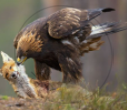
Which of the following is TRUE for amensalism?
______ interaction is the biological interaction between organisms of same population.
Which of the following is NOT an example of mutualism?
______ in birds is an interesting example of parasitism in which the parasitic bird lays its eggs in the nest of its host and the host incubates them.
Which one of the following is one of the characteristics of a biological community?
Observe the set of 4 figures A, B, C and D and, answer the following questions
- Which one of the figures shows mutualism?
- What kind of association is shown in D?
- Name the organisms and the association in C.
- What role is the insect performing in B?
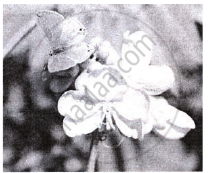 Fig. (A) |
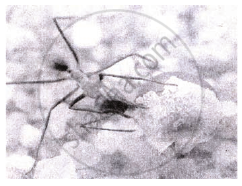 Fig. (B) |
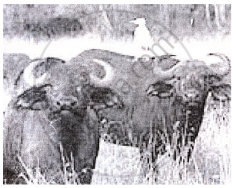 Fig. (C) |
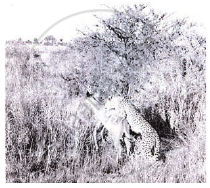 Fig. (D) |
While living in and on the host species, the animal parasite has evolved certain adaptations. Describe these adaptations with examples.
Pick out the appropriate association representing brood parasitism.
The value of 'Z' (regression coefficient) lies in the range of ______ regardless of the taxonomic group or the region.
Match the Column I with Column II.
| Column I | Column II |
| A. Lichen | (i) Commensalism |
| B. Shark and Pilot fish | (ii) Mutualism |
| C. Barnacles on the back of a whale | (iii) Symbiotic obligatory relationship |
| D. Sharks and dolphins | (iv) Competition |
